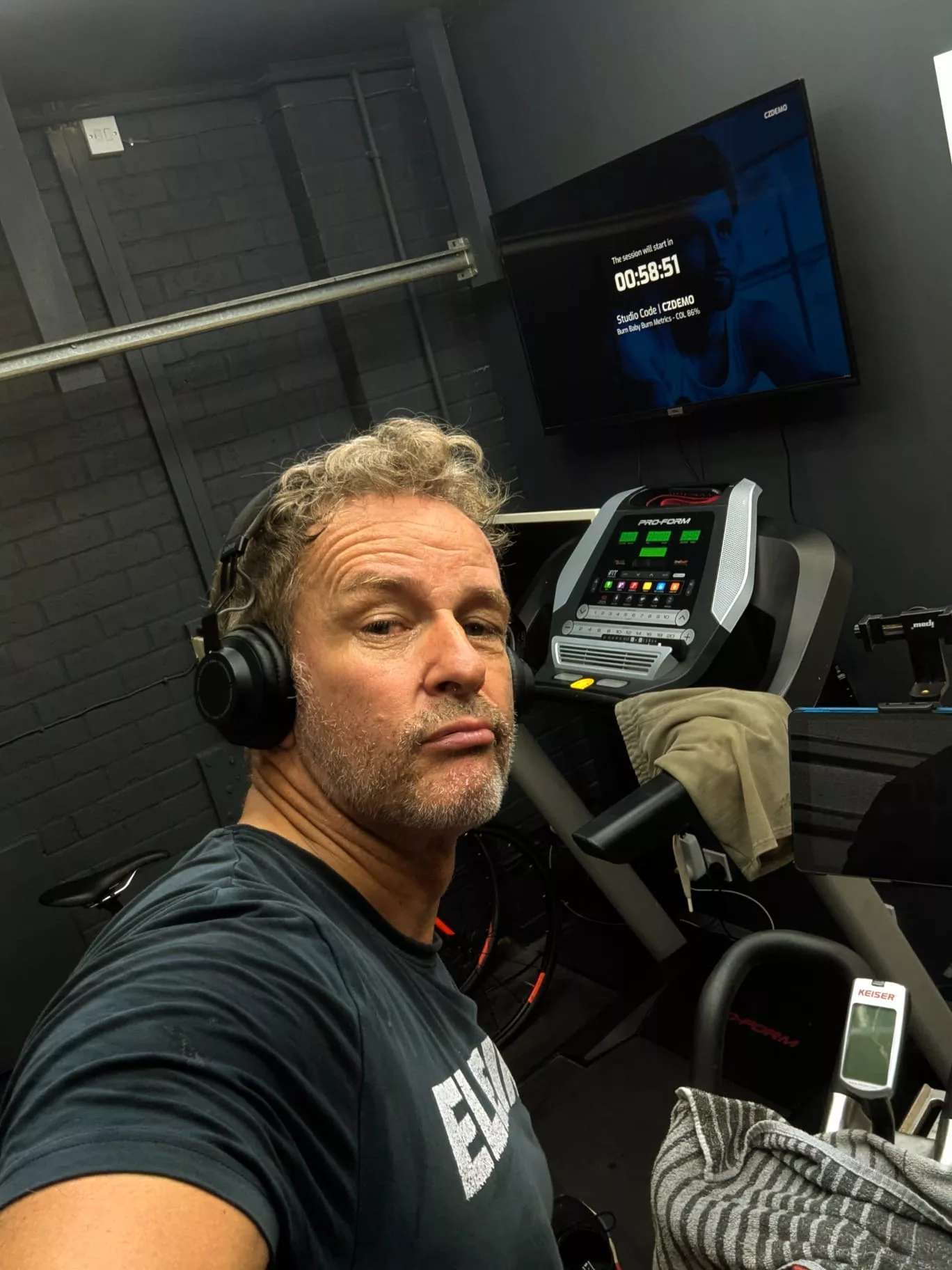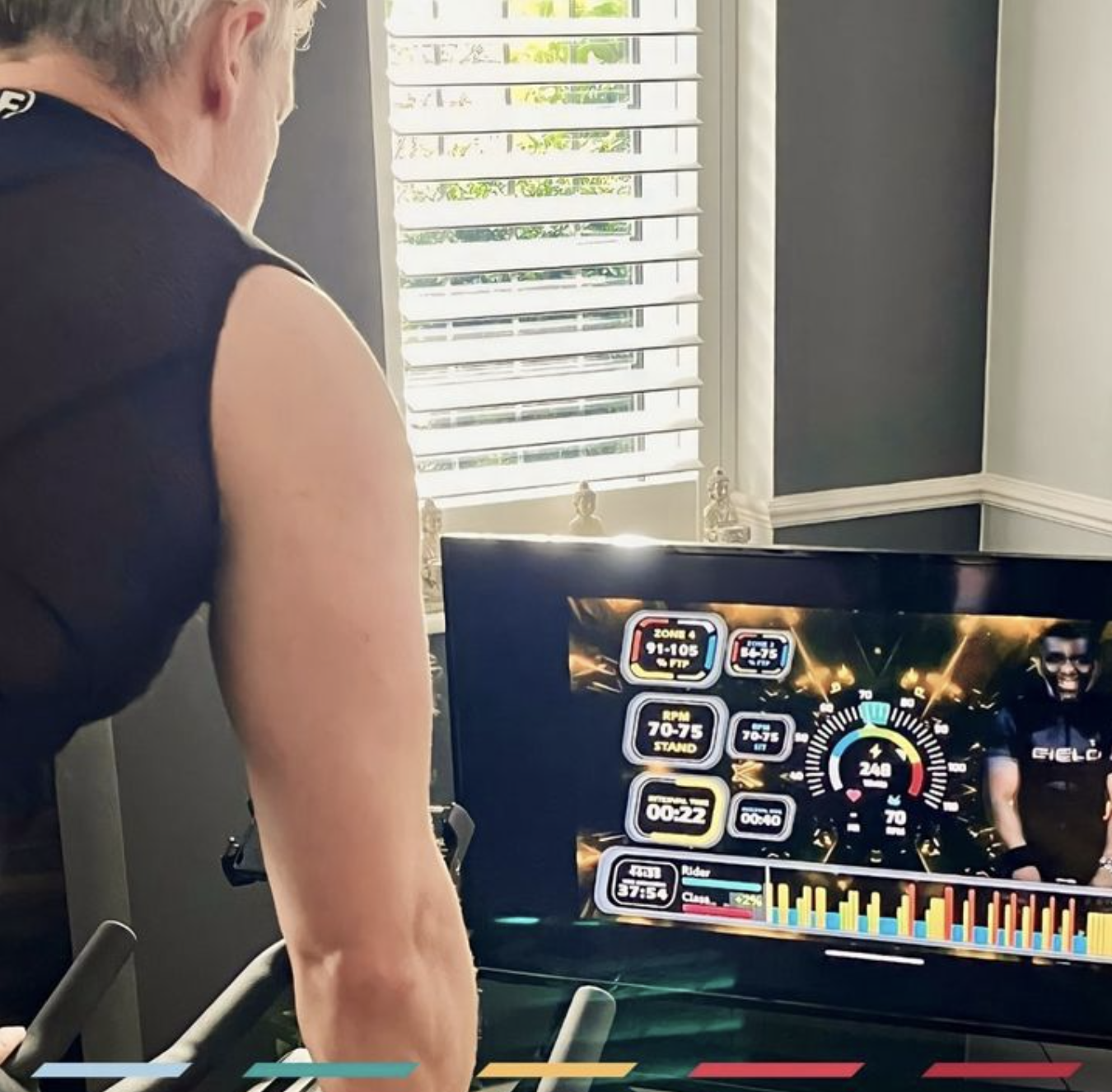Believe it or not, simply getting tired and sweaty during a workout doesn’t mean that any training effects are occurring. The two most studied sports throughout history are running and cycling. Research in these areas allows us to understand exercise physiology and how to achieve adaptations through programming at different intensities. As you have heard me say before: If you can measure it, you can change it. Let’s start by look at how we measure it.
The advent of the power meter
There was a time not so long ago when all athletes raced by feel alone. Racing by feel was an art, and it took years to cultivate.
Power meters in cycling originated in the late 1980’s and changed the face of training forever. Originally very expensive, power meters were available only to professional cyclists. As time passed and technology improved, the ability to measure and record a cyclist’s power while riding outdoors and during races became readily accessible. That is when riders of all abilities flocked to the technology.
Whether you are a world-class pro cyclist or attend once-a-week bike classes, understanding and working with power allows you to become a better cyclist, indoors and out. Training with a power meter is one of the most precise methods of measuring your exact workload. To put it simply: Watts don’t lie.
Power Training Levels
As riders were able to track both heart rate and power response, power data pioneers Allen Hunter and Andrew Coggan worked to validate a model of data analysis. In 2001, Andrew Coggan created a chart that would succinctly categorize training efforts and system development for cyclists called the Power Training Levels chart.
The Power Training Levels chart is widely recognized by cyclists of all levels and abilities worldwide and the basis for the majority of cycle training systems today. This information is considered crucial for anyone looking to improve their fitness and performance.
Understanding training levels
The colors on the Power Training Levels chart progress from cool to hot as intensity moves from easy to maximal. A general misunderstanding is how the effort feels as you progress in difficulty. This effect is not linear. Perceived effort is curvilinear, which means it gets exponentially more difficult as the intensity increases.
As work efforts increase, the body moves from energy delivery systems that are primarily aerobic to anaerobic delivery. There is some overlap between the aerobic and the anaerobic efforts. The body’s energy delivery systems don’t switch gears from one to the next like a car going from 1st to 2nd to 3rd gear. Rather, they work similarly to a sliding scale, where each energy system contributes different amounts of energy depending on the intensity of the effort or how quickly the body needs to produce that energy. One energy delivery system will always be the primary system but all systems are typically contributing to different extents in helping us function throughout the day.
Each level represents a specific training focus which results in different positive adaptations. The yellow band refers to lactate threshold – in cycling efforts at this intensity is referred to as FTP. This represents an individual’s 1-hour race power or pace in cycling.
All power training in cycling references efforts relative to this power threshold. Levels 1-3 are called sub-threshold. Levels 5-7 are referred to as supra-threshold. Each of these is represented by a percentage range relative to FTP. We have to have a baseline when doing a comparison, otherwise what we are trying to measure losses context.
Sub-threshold efforts are less than threshold and as a result, can be held for hours. Supra-threshold efforts are the complete opposite. Supra-threshold efforts are those that exceed that one-hour all-out race pace, and as a result, cannot be held as long. Supra-threshold efforts can only be held for a few minutes at a time and require recovery in some form because they are primarily, if not entirely, anaerobic.
This is what the science of exercise physiology tells us and how we can adapt it to our training to progress our fitness.
Understanding a bit of what we measure and how we measure it is instrumental in advancing our physiological abilities in cycling.




